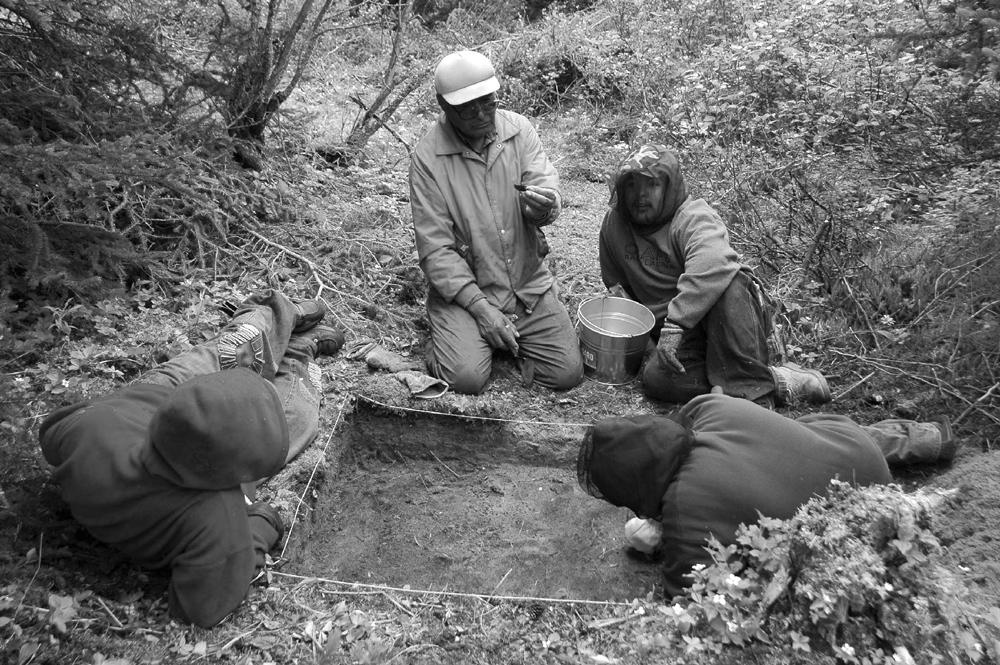
Christian Roy is looking for a house, but it’s a house that no longer exists. Roy is a historical archaeologist who specializes in fur trade archaeology and he wants to find the site of Big River House, the trading post of the Hudson Bay Company that was built in front of old Fort George in 1803.
Roy recently finished a five-week excavation project on the north shore of Fort George Island where Crees and the fur traders would meet.
“The other part of the project was to locate and evaluate the site of the first Hudson Bay Company trading post which also was located on the north shore of the river,” Roy said. This post used to be called the Big River House.
The Hudson Bay Company decided to settle there when they saw the Northwest Company establish operations at the site. The Northwest Company was only there for three years, departing in 1806, but Big River House remained in operation from 1803 to 1824, when Hudson Bay Company left the Chisasibi area. HBC would return in 1837 to settle at Fort George on the island.
Big River House was their first trading house on the La Grande River. The site was located in the 1970s by Jim Chism, who was surveying there, Roy said.
“The site they found was probably from the early 1900s,” he said. “Most of the time they were devoted to work on the Big River House.” Roy and his team found large depressions suggesting cellars that were probably used to store food and other goods.
In all they excavated about 40 square metres. There were six or seven buildings that were erected in Big River House during the 21 years it was occupied. Roy said they found the master’s house, which was paved with stones.
“We also identified a blacksmith shop near there and we found all kinds of artifacts,” he noted, saying about two boxes of artifacts that will be sent back to the Chisasibi cultural department. “Some of them are very interesting and can be used as exhibitions or for educational purposes.” According to the contract Roy had with the C.R.A., he was asked to evaluate a 1,500 square-metre site. “We didn’t fully excavate the sites,” he said.
“We believe we left 50 to 60 per cent for the next generation; they will have better technology to do it 50 years from now.”
Roy added that the cultural department of Chisasibi wishes to continue the excavation. “I will pursue opportunities for the excavation to continue,” he said. “Maybe this could happen in two years or so. The site has a lot of potential.”

